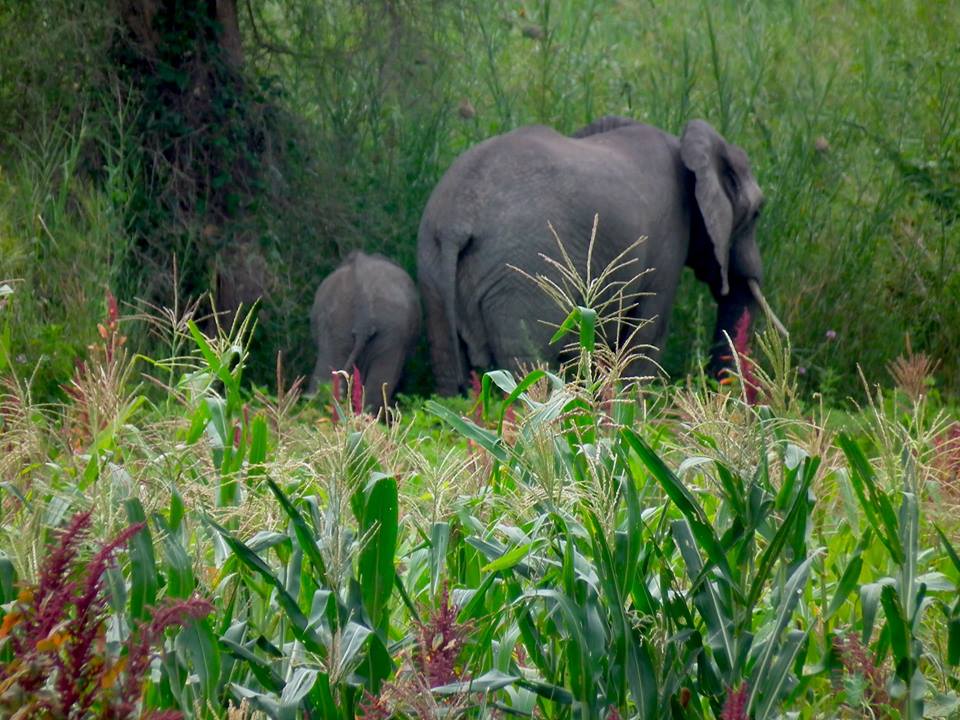Fatal error: Uncaught Error: Class 'Elementor\Core\Schemes\Typography' not found in /home/kiwireport002/public_html/wp-content/plugins/ele-custom-skin/includes/ajax-pagination.php:257
Stack trace:
#0 /home/kiwireport002/public_html/wp-includes/class-wp-hook.php(324): ECS_Ajax_Load->button_pagination_style(Object(ElementorPro\Modules\Posts\Widgets\Posts), 'section_paginat...', Array)
#1 /home/kiwireport002/public_html/wp-includes/class-wp-hook.php(348): WP_Hook->apply_filters('', Array)
#2 /home/kiwireport002/public_html/wp-includes/plugin.php(517): WP_Hook->do_action(Array)
#3 /home/kiwireport002/public_html/wp-content/plugins/elementor/includes/base/controls-stack.php(1688): do_action('elementor/eleme...', Object(ElementorPro\Modules\Posts\Widgets\Posts), 'section_paginat...', Array)
#4 /home/kiwireport002/public_html/wp-content/plugins/elementor-pro/modules/posts/widgets/posts-base.php(635): Elementor\Controls_Stack->end_controls_section()
#5 /home/kiwireport002/public_html/wp-content/plugins/elementor-pro/modules/posts in
/home/kiwireport002/public_html/wp-content/plugins/ele-custom-skin/includes/ajax-pagination.php on line
257

